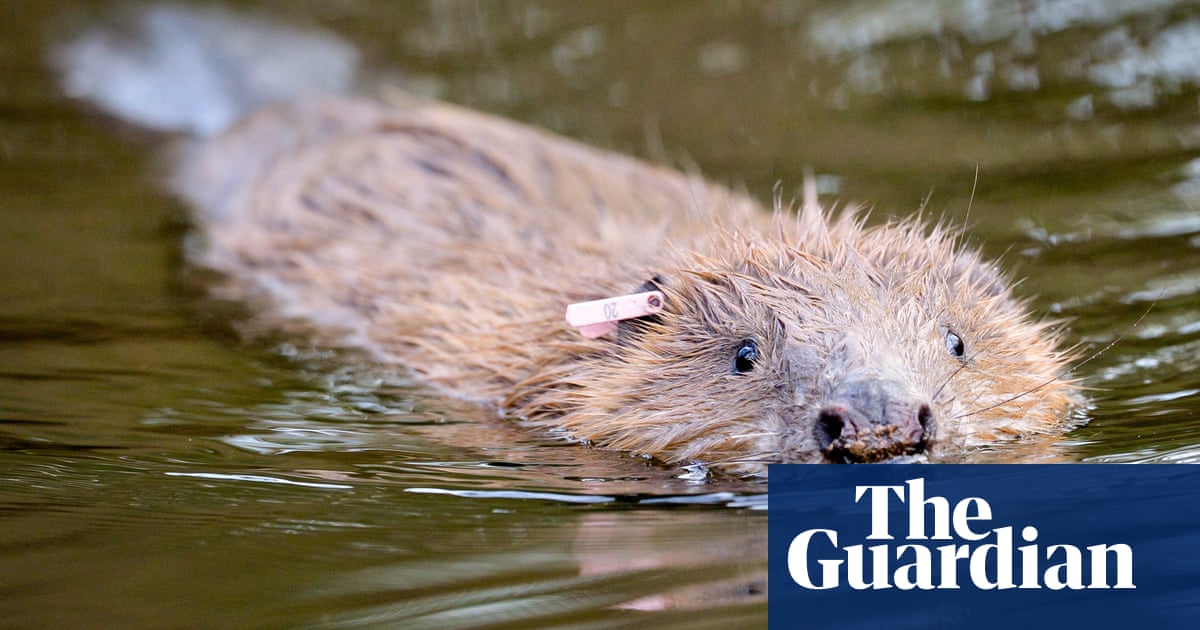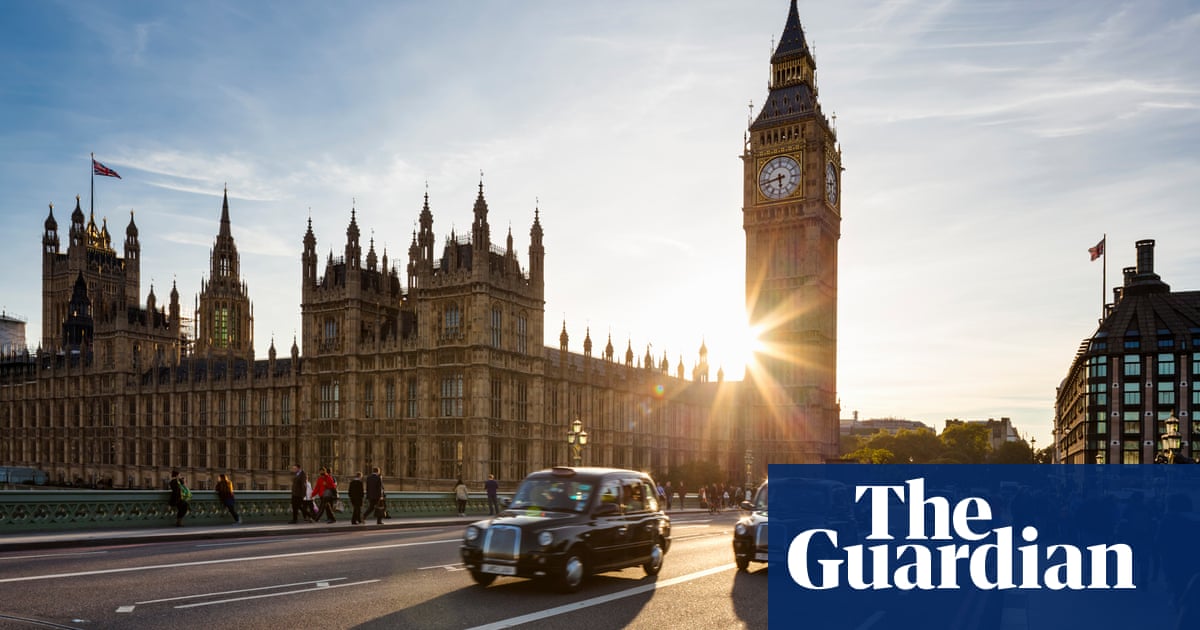
It does not have the sense of order associated with the National Trust’s manicured stately homes, nor the grandeur of many of the wild places that the organisation manages. But a muddy piece of land in west Somerset was unveiled with a fanfare on Wednesday by the conservation charity, which sees this unassuming-looking plot as a pioneering project that could revolutionise the way some rivers are managed.
Under the stage-zero restoration project at the Holnicote estate, a section of the River Aller has been liberated from its narrow artificial channel. This allows the water to find its own way, creating streams, pools and boggy ground, a landscape that is better for flora and fauna. Moreover, the slower flow makes flooding less probable downstream.
“It’s not neat and tidy. In fact, it’s a bit of a squelchy mess,” said the project manager, Ben Eardley, as he surveyed the spot. “Good-quality habitat is a patchy kind of mess, but within it, there is diversity – life.”
The project, which is said to be a first in the UK and was inspired by schemes in the wilds of Oregon in the north-west of the United States, involves a three-quarters-of-a-mile stretch of the Aller being set free. More than 4,000 tonnes of earth was moved to fill the channel and 700 tonnes of fallen timber harvested from the estate was placed within the floodplain.
It has been three years in the making and has cost £650,000, about £200,000 more than was anticipated. “There were a few squeaky-bum moments,” Eardley said. “After all, we were filling in a river. It was quite nervy.”
But he said that six weeks on from the “river reset”, there had been spectacular results on the 27-hectare (66-acre) site. Fields previously dry and barren are now wet and vibrant.
Eardley said almost instantly, hundreds of swallows and house martins arrived to feast upon the insects that the scheme encouraged; white egrets have been spotted and buzzards and kestrels soar and hover above the site.
A rapid increase in the number of bats has been noted, and dragonflies skim over the water. Fish, including eel, were temporarily removed during the works and have started to move back into their new home.
“It’s been staggering,” said Eardley. “It’s a complex, dynamic landscape. You don’t know what you’ve lost until you see what you can have. Wetlands are like rainforests in the amount of wildlife in them and their ability to store carbon.”
The site has been given a helping hand. Wildflower seeds, including wild carrot, devil’s bit scabious, meadowsweet and greater tussock-sedge have been planted, along with 25,000 wetland trees, including willow, bird cherry and black poplar.
Eardley said pressures on space in much of the UK meant it was almost impossible to bring back wildernesses. “This is about developing elements of wilderness in the landscape,” he said, adding that the biggest challenge had been to tackle the desire to control. “It’s almost going against human nature.”
The project does not stop here. Holnicote has two families of beavers – 12 in all – living in two large enclosures. The hope is one day to reintroduce the animals into the wild on this stretch of river.
Matt Pang, the catchment coordinator at the Environment Agency, said there was some surprise when the scheme was mooted. “An application to fill in a river? That never happens,” he said.
Pang admitted it had been difficult, if not impossible, to model what would happen, but said it would be monitored closely and could inform later schemes. “It’s a very important project,” he said.
Mike Stanton, the chair of Somerset Rivers Authority, said that if similar projects were introduced above the Somerset Levels, flooding could be alleviated there. “There are lessons to be learned here for other parts of Somerset and other areas of the UK. It’s great to see it flourishing.”












